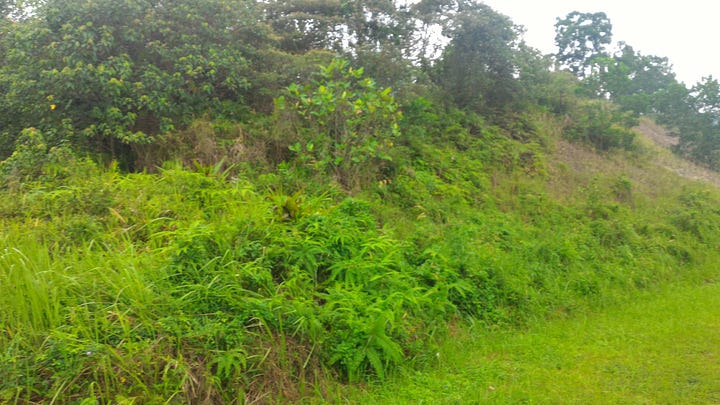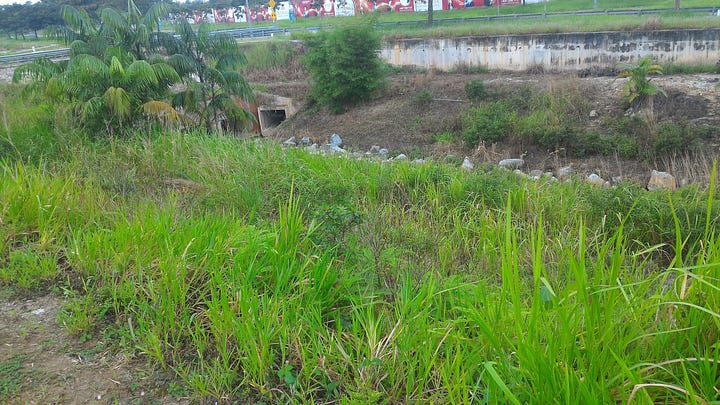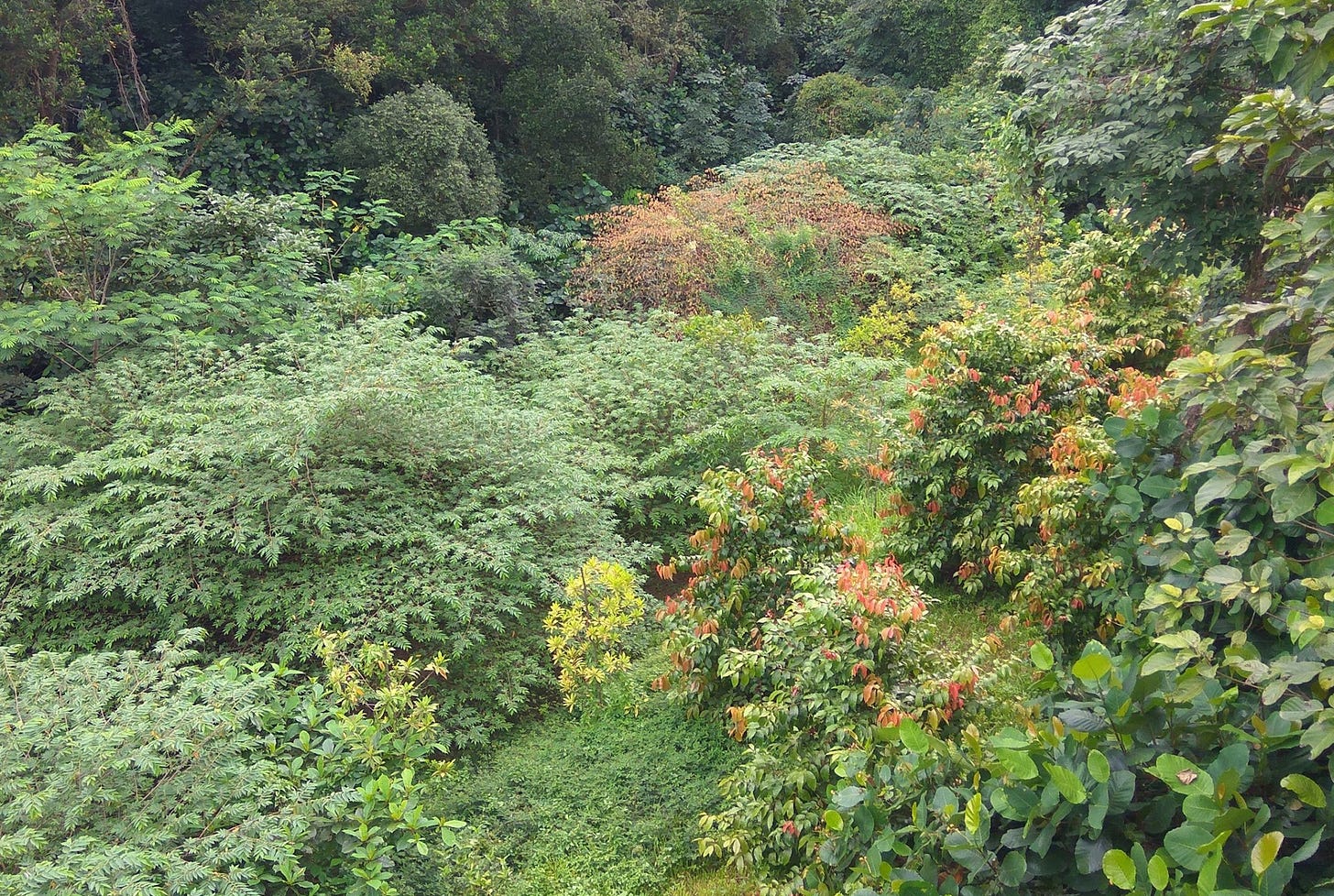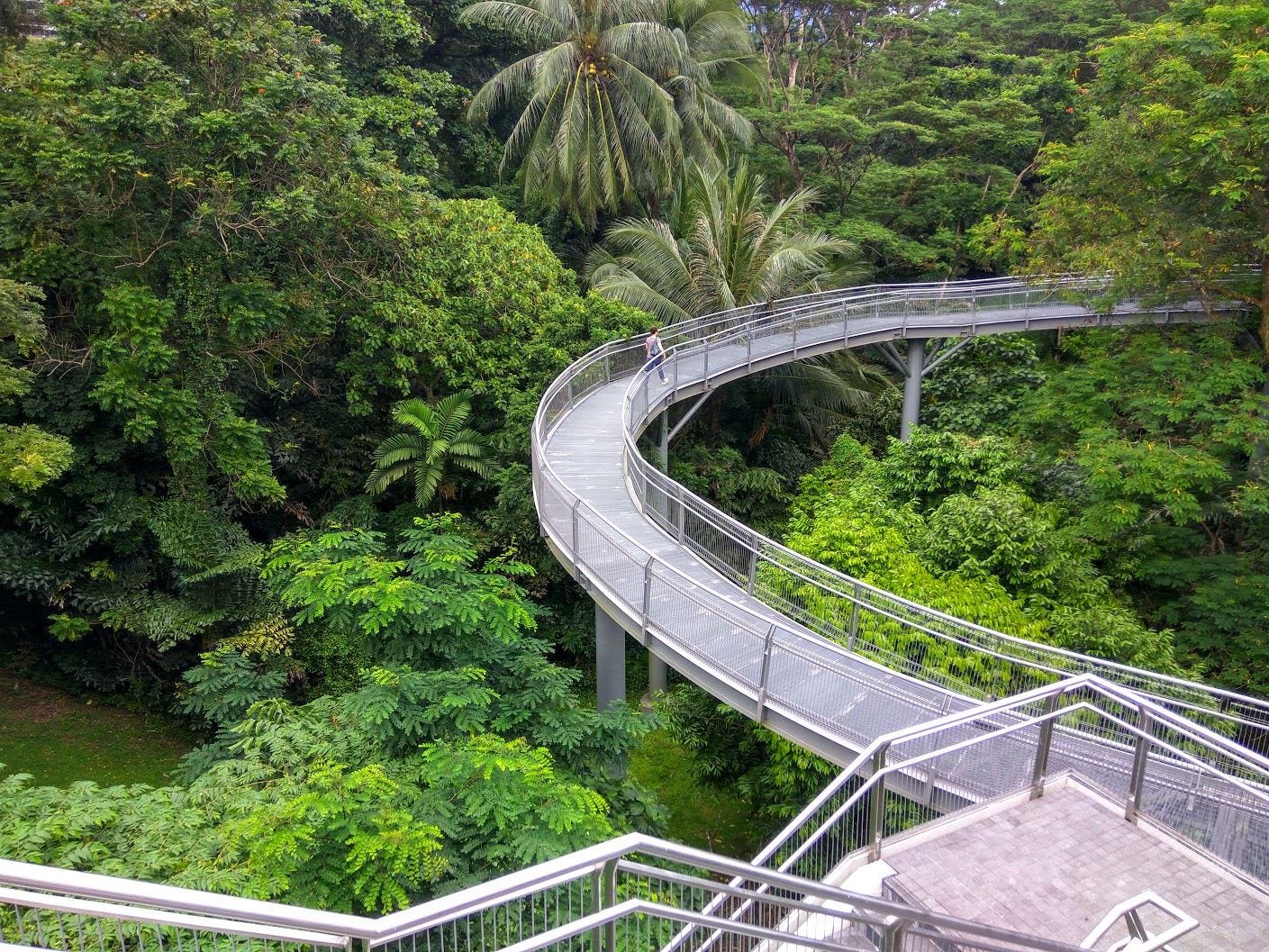Biophilia and the Future of Sustainable Cities
The term "biophilia" was first used by Erich Fromm in his 1973 book The Anatomy of Human Destructiveness. Fromm described it as "the passionate love of life and all that is alive". Edward O. Wilson's book Biophilia in1984 popularized the notion that biophilia is "the innate tendency to focus on life and lifelike processes" claiming a link with nature is not only physiological but has a genetic basis. The biophilia hypothesis suggests that humans have an inherited need to connect with nature and other biotic forms due to our evolutionary dependence on it for survival and personal fulfillment.
I discovered the term in 2015 when a friend working at the Singapore Consulate in JB, who knew about my interest in nature and sustainability, got me a seat at a symposium in Singapore called "Biophilia and the Future of Sustainable Cities" organised by N Parks Singapore.
Here was the speaker line up:
Biophilia and Biophilic Design: The Role of Nature in Human Wellbeing and Design of the Modern Built Environment By Professor Stephen Kellert, Yale University
Designing Cities that Love Nature: Promise and Potential of the Global Biophilia Movement By Professor Timothy Beatley, University of Virginia
Biophilic Urbanism as a Regenerative, Disruptive Tool By Professor Peter Newman, Curtin University
Translating a Biophilic City Concept to Reality: The Singapore Approach By Dr Lena Chan Deputy Director of the National Biodiversity Centre (NBC), National Parks Board of Singapore
Biophilia: In the Lens of the ABC Waters Programme By Mr Leonard Ng Landscape architect
Designing Nature into the Built Environment: The Human-Biodiversity Interface By Mr Khew Sin Khoon
Singapore as a Living Organism: A New Model for Development By Professor Tay Kheng Soon
What I learned that day was that Biophilia was now being taught at Ph.D level in some Universities with active gathering of data to support it’s underlying hypothesis and that Singapore was a world leader in putting these ideas into practise.
This would lead to more personal research on the subject which eventually led to this Forest Thinking being the foundational philosophy when I designed Heritage Forest in Medini, Iskandar Puteri.
Below I track the timeline of Singapore’s development along this path and compare and contrast it to the evolution of Heritage Forest’s design and implementation
Singapore: A City in A Forest
In 2017 Lab DNA, strategists for Khazanah were tasked to layer a social development strategy on top of the Iskandar development project here in Johor which had seen almost 2 decades of construction and was near completion. The intention was to transition this mega project from concrete buildings into a thriving metropolis attractive to not just investors but people to live in.
In line with Johor Green’s emerging civil society work and activism - Lab DNA saw potential in our network and activities, and sought to partner with us to embed green and sustainable values as part of the metropolis brand value building they had embarked on.
A subsequent successful meeting with Khazanah began the concept development for two parks to be developed as Medini Green parks: Edible Park and Heritage Forest. Edible Park would be a 5 acre edible landscape and platform for cultivating community around sustainable living values. And Heritage forest would be a 7 acre showcase for local and native flora where the visitor could walk through shifting landscapes of flower meadows, grasslands and themed forests to engage with ideas central to Biophilia about bringing a forest escape into the heart of the city. The latter was a newer idea that required many trips to Singapore and close watch on how they had been building on this idea.
Heritage forest was built in 2 phases, the second phase being a response to the realisation that the budget originally allocated was simply not enought to turn the almost barren plot we were working with into some semblance of natural density



Although it was virtually empty it was bordered by 2 interesting wilder spaces, on its East side a hilly fern covered area and on the South side a large stream like drain.


Singapore: Forest thinking as Public Policy
By 2019 biophilia had become part of Singapore’s public policy framework. Kenneth Er, CEO of Singapore's N Parks talks about how they are using nature as a response to increasing incidence of dementia in Singapore.
He also talks about how inculcating a sense of appreciation of nature in young children fosters in them a sense of care and stewardship in the environment.
More videos here on how Singapore is evolving into a Biophilic City:
In 2018 Malaysia had a surprising political shift, ending sixty years of domination by a single party: Barisan Nasional, ushering in a new political era that began with Parti Keadilan Rakyat first term under Mahathir.
Sadly Mahathir found fault with the leadership at Khazanah, the entire board stepped down and we lost our sponsorship with them as they changed course focussing back on managing their financial portfolio and less on actively engaging in the placemaking and social development they had been doing In Iskandar Puteri. Not only did we lose funding for programming in 2019, management of the parks shifted back to Medini and IIB, they wouldn’t even renew our maintenance contract to keep us at the site so we pulled out of our involvement altogether in 2021.
We re sited our flower farm activities to Danga Bay and gradually built an ediblje flower business on a much smaller footprint of 0,25 acres that is now thriving ans in the process of scaling at a larger farm site.
Singapore: A City in Nature
In 2021 Singapore’s Green Plan re languaged its terminology from City in a Forest to A City in Nature which made broader sense and aligned with narratives around concepts of nature based solutions as an important part of sustainability measures.
Singapore’s Life Expectancy Outcomes
In 2023 Singapore was named the world’s sixth Blue Zone as life expectancy soared into the top ten rankings in the world overtaking Malaysia and USA, their visionary adherence to this green path combined with social policy and urban development not only changed its environment turning it into the greenest city in the world they also changed the health and life expectancies of it’s citizens.
Often when comparisons are made between Malaysia and Singapore its often said that its because of its small 750 sq Km size that allows Singapore to have more control of its outcomes. But in the story of our involvement with Medini Green parks small .05 Sq Km footprint its’ clear that Singapore’ dominates world rankings in outcomes because of its abilities to engage early with progressive ideas, initiate visionary projects, apply talent and resources to them and successfully achieve outcomes that drastically improve the livelihoods of it citizens. What began as in idea for a garden city in the 60’s by Lee Kuan Yew, has now bloomed into a multitude of parks, green centric urban infrastructure and related public policy that has exponentially changed the destiny of its citizens.
At Medini Green Parks : Edible Park was completed and running in 2018 but without it’s maintenance and programming has lost its vibrant foot traffic and diverse citizen goodwill and is now reduced to a couple of cafes and some volunteers at the farm. Heritage Forest was completed in early 2021 is now overgrown with our initial programming like Nature Class, Forest Walks and Campfire evenings disbanded. But we retain all our ideas as part of our future development here at Nature Based.







